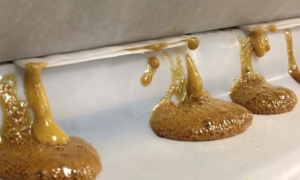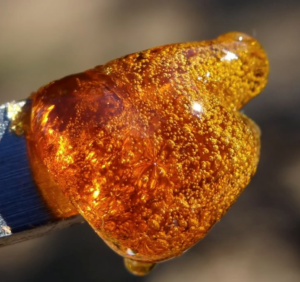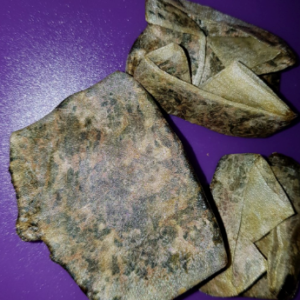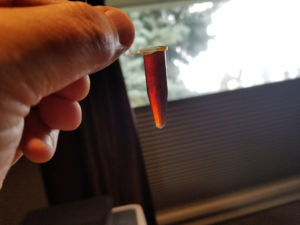The benefits of using small-scale CO2 extractors in combination with rosin presses.
Rosin has become one of the favoured products of the cannabis connoisseur – and it’s relatively easy to make – just put some high-grade flowers between two heated metal plates, apply a few tons of pressure with a hydraulic press and out comes the good stuff. Rosin is terpene-rich, potent and free of solvent residue.


It all looks wonderful but there are some issues:
rosin presses don’t do very well with trim and the amount of trim from a cannabis plant can be the same, or more, than the weight of the flowers. This means the rosin process, on it’s own, is an inefficient extraction method;
rosin is great for “dabbing” but doesn’t work well for vape pens – and vape pens, with their convenience, micro-dosing capability and lack of smell, are the fastest growing segment of the market. Rosin is a great product but only to a relatively small segment of the overall market;
The rosin process leaves behind a lot of the cannabinoids in the post-pressed “chip” (sometimes referred to as a “wafer” or “puck”). Rosin makers often speak about 20-30% yields but what they don’t tell you is that a lot of that “yield” is made up of non-cannabinoid compounds, fats, sugars, bio-particulate and the like – things that are not really wanted. Here are some chips (these ones are inside plastic filter bags):

As often as not, these post-pressed chips get thrown away, or fed to the dog, or soaked in coconut oil to make an edible base, or soaked in alcohol to make tinctures. None of these post-press products are “vapeable” or easily “doseable”.
Now put a small-scale CO2 extractor in the loop in combination with the rosin press (CO2 extraction is also considered a “solventless” extraction process and leaves zero residue in the extract). For a rosin-only operation that generates a significant amount of chips, when these two processes are combined, the first step can be to “rosin press” while at the same time the trim from the plant is being extracted directly into vape oil by the CO2 extractor. The “icing on the cake” is when the post-pressed, depleted rosin chips are put into the CO2 extractor. The amount and quality of potent, terpy oil recovered is nothing short of amazing. This oil is “vapeable” right out of the extractor and feeds the fastest-growing segment of the cannabis market. Note the clarity of the sample below (this sample was extracted from nylon-bagged, post-pressed chips only):

Conclusion: by using a small-scale CO2 extractor in combination with a rosin press the operator can maximize the economic potential of the cannabis plant.

Recent Comments